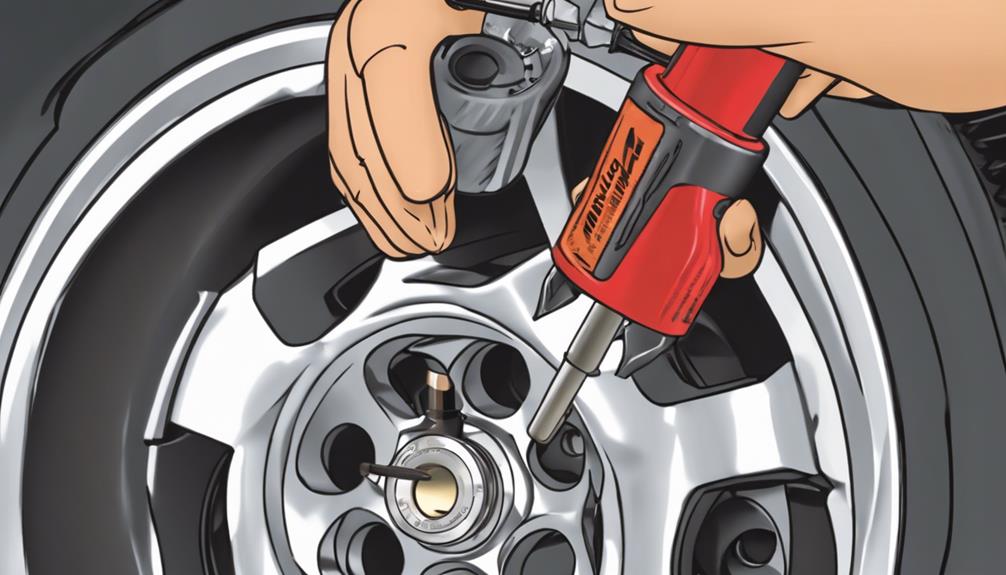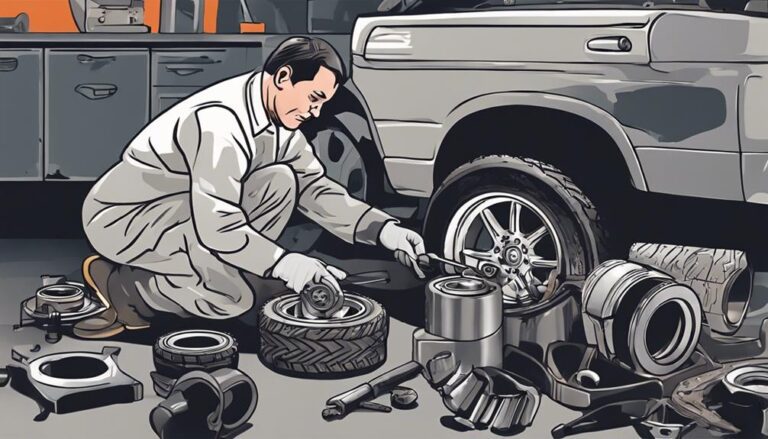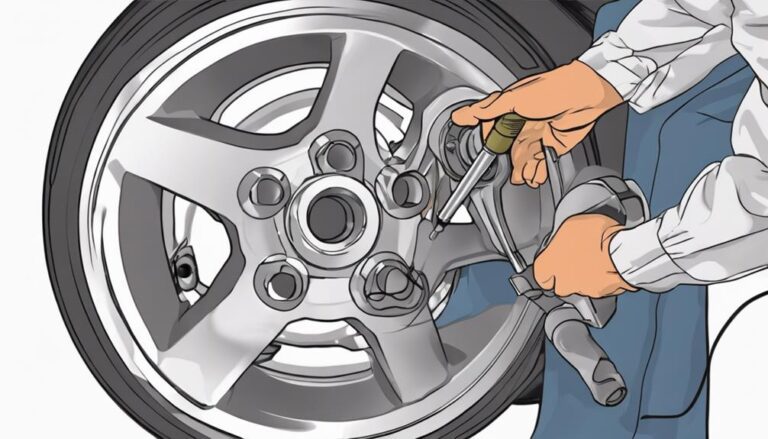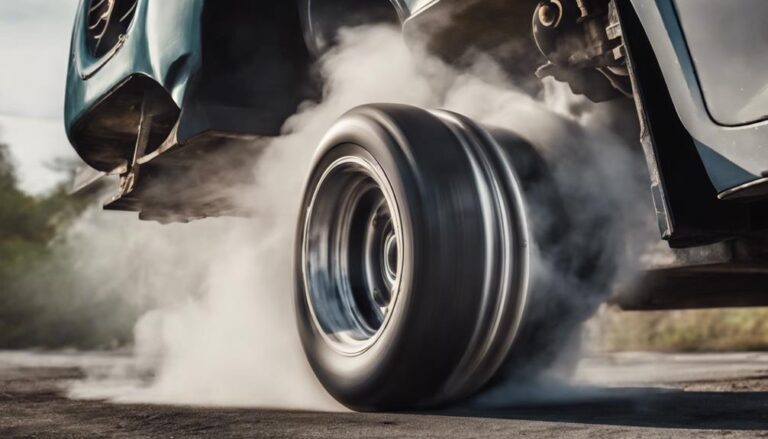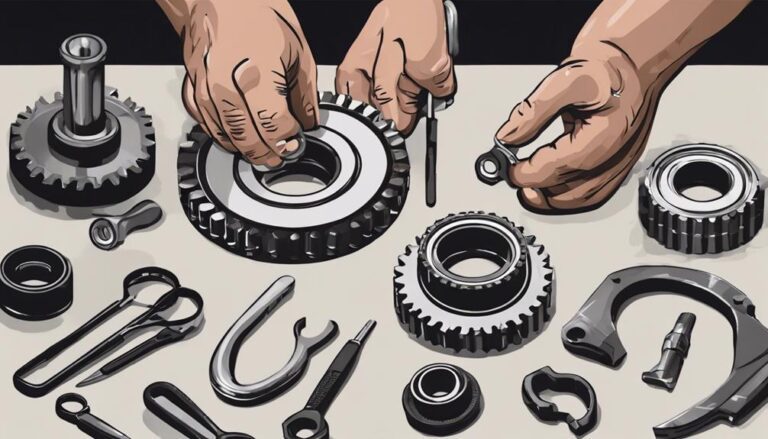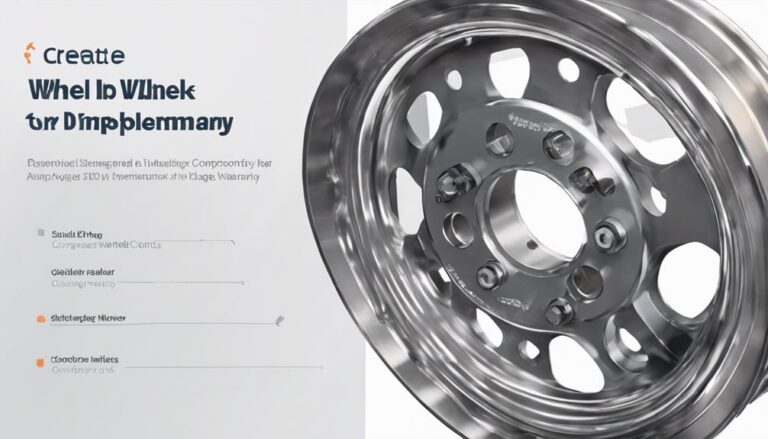Top 5 Wheel Hub Assembly Installation Tips
Did you know that improper wheel hub assembly installations are a leading cause of premature bearing failures in vehicles?
Making sure you follow the top 5 installation tips can save you time and money down the road. Starting with proper alignment of bearings and ensuring correct installation of components like the ABS tone ring, each tip plays a vital role in the longevity and performance of your wheel hub assembly.
Stay tuned to discover these essential tips for a successful installation process.
Key Takeaways
- Follow manufacturer torque specifications for precise installation.
- Thoroughly clean and inspect components before assembly.
- Use quality replacement parts to ensure safety and performance.
- Adhere strictly to manufacturer guidelines for longevity and reliability.
Proper Torque Specifications
To guarantee proper installation of the wheel hub assembly, always adhere to the manufacturer's specified torque values for tightening the components. When installing the wheel hub assembly for the first time, it's important to pay special attention to the torque requirements to make sure of the best performance. Proper torque application is essential for the longevity and functionality of the wheel bearings within the hub assembly. Utilizing a torque wrench is crucial in achieving the precise amount of force needed to secure the components correctly.
Over-torquing can place excessive stress on the bearings, potentially leading to premature failure. Conversely, under-torquing may result in loose components, compromising the stability of the assembly and creating safety risks. By following the recommended torque settings, you not only prevent issues like wheel wobble but also safeguard against hub damage. Remember, the torque specifications provided by the manufacturer are designed to optimize the performance and durability of the wheel hub assembly, ensuring a smooth and safe driving experience.
Clean and Inspect Components
Cleaning and inspecting components before installation is imperative to guarantee peak performance and longevity of the wheel hub assembly. Start by thoroughly cleaning all parts of the bearing to remove any dirt, debris, and old grease. This step is essential as it ensures that the components can function at their best without any hindrances.
Once clean, inspect the hub, bearings, seals, and other parts for wear, damage, or rust that could impact performance. Pay close attention to the condition of each part to catch any potential issues early on. Additionally, check for proper fit and alignment of components to prevent premature wear and ensure smooth operation.
Before assembly, use a high-quality bearing grease to lubricate the bearings and seals. This lubrication is vital for promoting longevity and reducing friction within the assembly.
Use Quality Replacement Parts

For peak performance and longevity of your wheel hub assembly, prioritize the use of high-quality replacement parts. Brand reputation plays a vital role in ensuring the reliability and fitment of the components.
Opting for genuine or OEM parts guarantees that the wheel hub assembly meets the manufacturer's specifications, enhancing performance and safety on the road. Inferior parts may compromise the integrity of the assembly, leading to premature failure and potential safety hazards.
By selecting replacement parts from reputable brands known for producing high-quality wheel hub assemblies, you can rest assured that your vehicle's essential components are in good hands. Investing in quality parts not only improves the overall performance of your wheel hub assembly but also saves you time and money in the long run by reducing the need for frequent replacements.
Prioritize quality to enjoy a smooth and safe driving experience.
Follow Manufacturer Guidelines
Referencing the manufacturer's guidelines when installing your wheel hub assembly is paramount to guarantee proper fitment and alignment, ultimately enhancing performance and safety. By adhering to the recommended maintenance practices, you can make sure that the wheel hub assembly functions at its best and lasts longer.
The installation techniques outlined by the manufacturer are designed to prevent premature wear and potential safety issues. Following these precise instructions won't only help in the proper installation of the hub assembly but also contribute to the overall reliability of your vehicle.
Troubleshooting tips provided by the manufacturer can assist in identifying any issues that may arise during or after the installation process, enabling you to address them promptly. Remember, proper installation per guidelines can greatly extend the lifespan of the wheel hub assembly, providing you with a smoother and safer driving experience.
Test Drive and Final Inspection
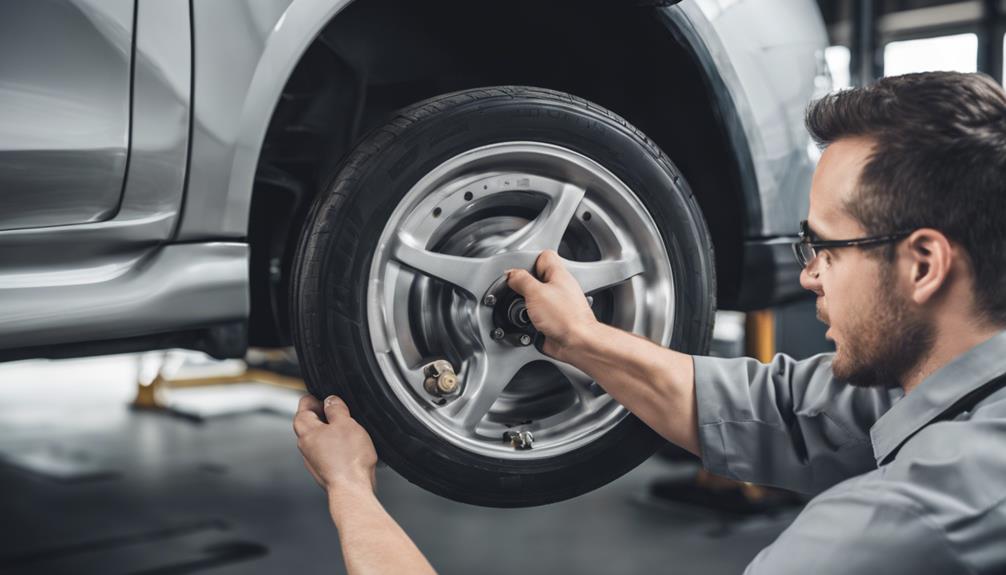
To guarantee top performance and safety post-installation, conduct a thorough test drive and final inspection of the wheel hub assembly.
Start by listening keenly for any abnormal sounds like grinding, clicking, or humming during the test drive, as these may indicate underlying issues with the assembly.
Perform a visual inspection to check for proper torque on all fasteners, making sure that the wheel hub assembly is securely in place. Look out for any leaks or damage to surrounding components that could impact the assembly's performance.
Additionally, evaluate the handling of the vehicle during the test drive to assess the alignment and overall performance of the wheel hub assembly.
Finally, conduct a safety check to verify that the ABS system is functioning correctly and that there are no warning lights illuminated on the dashboard post-installation.
Frequently Asked Questions
Do You Need to Grease a New Hub Assembly?
You don't need to grease a new hub assembly. Proper lubrication involves greasing the axle shaft or hub mounting surface, not the hub assembly itself. Preventing corrosion can be achieved by applying anti-seize lubricant to mounting bolts, enhancing maintenance.
Can You Over Tighten a Hub Assembly?
You can over tighten a hub assembly. Following torque specifications is crucial to proper installation. Avoid excessive force to prevent binding issues and maintain vehicle performance. Use a torque wrench for precise tightening and guarantee long-lasting maintenance.
Who Makes the Best Hub Assembly?
When comparing hub assembly brands, consider Timken, MOOG, SKF, Detroit Axle, and WJB. Assess quality control measures, customer reviews, and performance data to determine the best fit for your vehicle's needs. Make an informed decision.
Do You Need Alignment After Hub Assembly?
When replacing a wheel hub assembly, alignment may be necessary if suspension geometry changes. Post-installation adjustments optimal proper wheel positioning. Consult a mechanic for performance. Watch for signs like uneven tire wear.
Conclusion
In conclusion, ensuring proper alignment of bearings and correct installation of ABS tone ring is essential for a successful wheel hub assembly installation.
Just like a skilled surgeon delicately placing important organs, following these tips with precision is key to the smooth functioning of your vehicle.
Remember, attention to detail and quality parts are necessary for a reliable and long-lasting wheel hub assembly.
Drive with confidence knowing your installation was done right.

